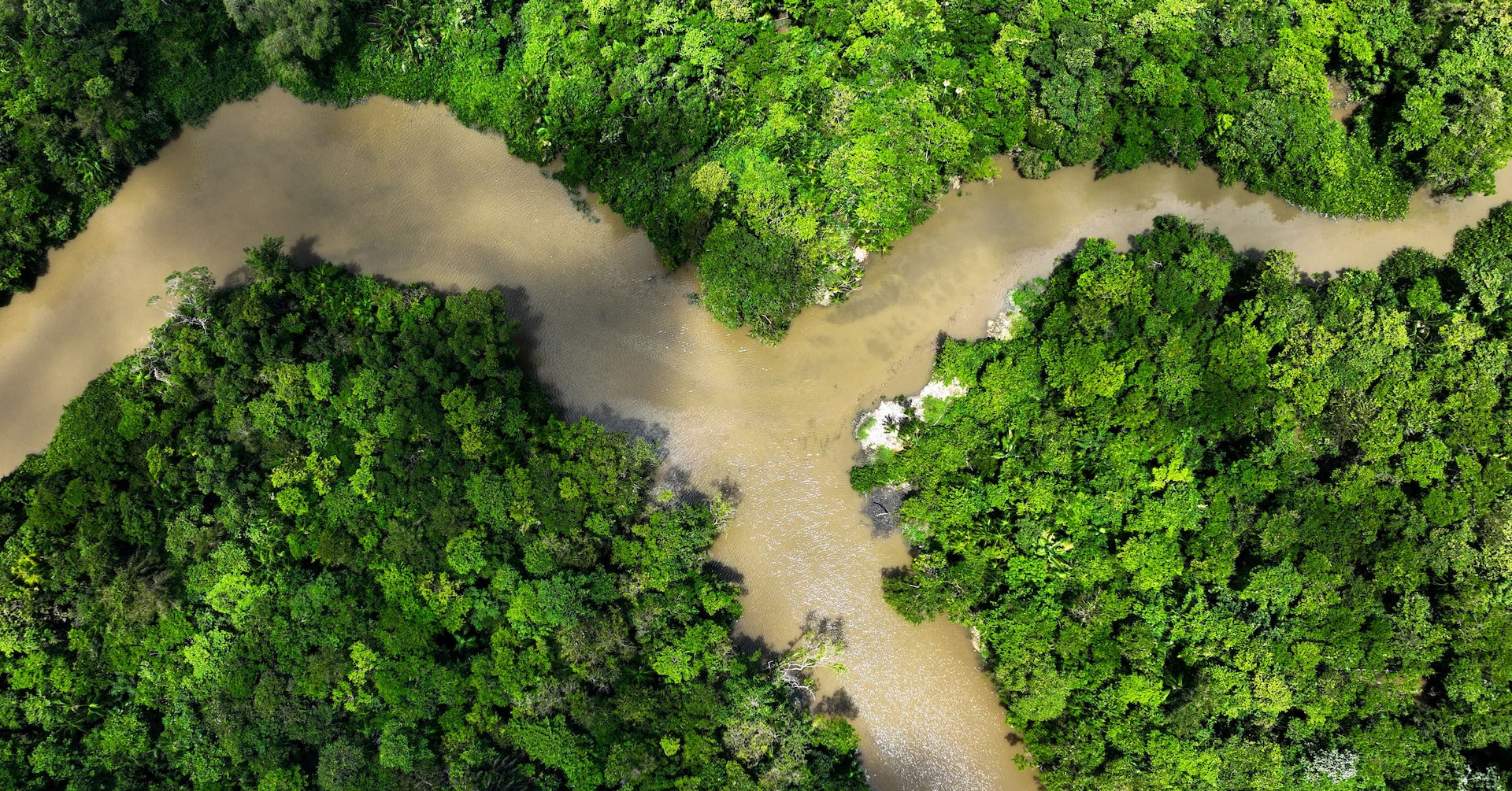Global Green Gambit: Nations Wrestle with Landmark $200B Nature Rescue Plan

In a pivotal gathering this week, global leaders are converging in Rome with a critical mission: to unlock a groundbreaking financial strategy that could channel $200 billion annually toward protecting the planet's precious biodiversity. This high-stakes diplomatic summit represents more than just an environmental negotiation—it's a potential lifeline for global cooperation at a time when international collaboration seems increasingly fragile.
As the United States appears to be stepping back from its traditional leadership role, other nations are stepping up to bridge the gap. The conference aims to craft an innovative funding mechanism that could revolutionize how countries approach environmental conservation, transforming abstract commitments into tangible financial support for ecosystems under threat.
The stakes are immense. With countless species facing extinction and global ecosystems rapidly deteriorating, this Rome summit could be a turning point in humanity's relationship with the natural world. Delegates from around the globe will be working intensively to design a robust financial framework that can translate ambitious environmental goals into concrete action.
By seeking to mobilize $200 billion annually, these nations are sending a powerful message: protecting biodiversity is not just an environmental imperative, but a critical investment in our planet's future. The outcome of these discussions could reshape international environmental policy and provide hope for a more sustainable global ecosystem.
